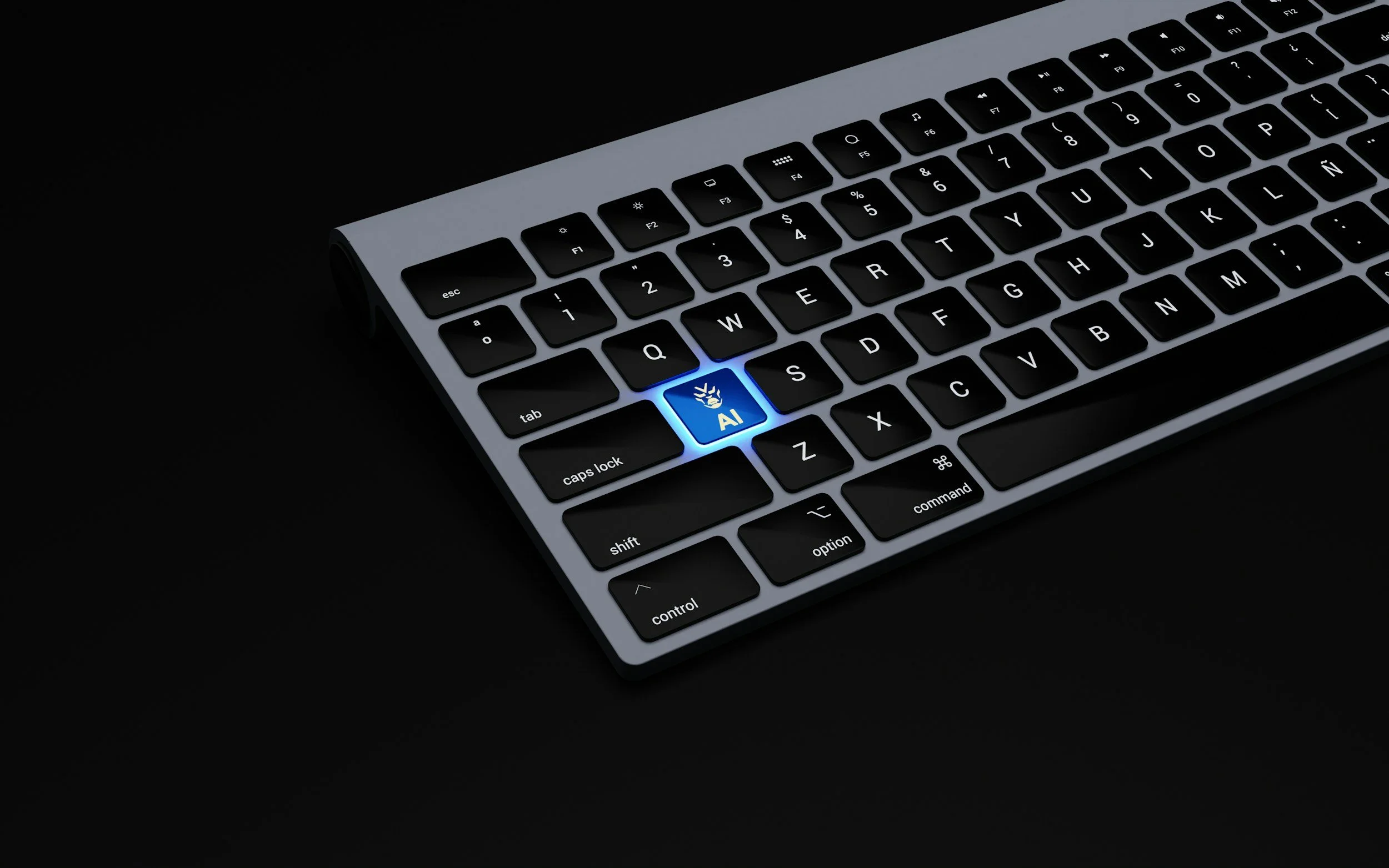Why Forecasting Needs a Rethink: Where AI Fits In
Forecasting is often described as the art of predicting the future by giving it numbers. In the world of finance, every department is trying to do exactly that, some with greater accuracy than others. But if there’s one common thread in forecasting across organisations, it’s this: we tend to be optimistic.
We’re optimistic because no one wants to be the bearer of bad news. Optimism slips into projections, not always intentionally, but because it’s human nature.
And when unprecedented events like COVID-19 or Trump’s tariffs shake up the global economy, even the best-laid forecasts fall short. Why? Because most forecasting approaches today are built to look inward, not outward.
The Pitfall of Inward-Only Forecasting
Most corporate forecasts rely heavily on internal data: historical performance, current resource planning, and department-level projections. These models often carry assumptions that are rooted more in hope than in hard evidence. They answer questions like:
What did we do last year?
What are we aiming for this quarter?
Do we have the team to make that happen?
But they rarely account for external shifts: macroeconomic trends, market movements, and competitive signals, that can completely change the trajectory of a plan.
A Smarter Future: Forecasting with Signals
At Propriety Group, we’re rethinking how forecasting should be done. We're exploring tools that blend internal data with external signals, because the real power of forecasting lies in anticipating change, not just measuring past performance.
One promising solution is Forecast and Signals by Board. Their platform leverages AI-powered predictive analytics to integrate a broader range of indicators: from financial benchmarks and demand fluctuations to macroeconomic indexes. This kind of dual-lens forecasting helps leadership not just plan, but prepare.
In fact, this aligns with broader trends in predictive analytics and augmented decision-making, where tools use machine learning and AI to:
Detect patterns and anomalies in real-time
Generate simulations and what-if scenarios
Forecast outcomes based on dynamic market inputs
Platforms like Board are already embedding these features into business modeling (BM) tools, turning static planning into adaptive, forward-looking strategy.
The Road Ahead
As we continue exploring forecasting platforms, one thing is clear: businesses that combine internal insights with external awareness will be better equipped for uncertainty. At Propriety Group, we believe this is where the future of planning lies and AI will play a central role in getting us there.
If you are ready to take your forecasting beyond the spreadsheet, let’s talk about how external signals and AI can give your planning a sharper edge.
Reach out to us at Propriety Group because looking inward isn’t enough anymore. Book your call here

